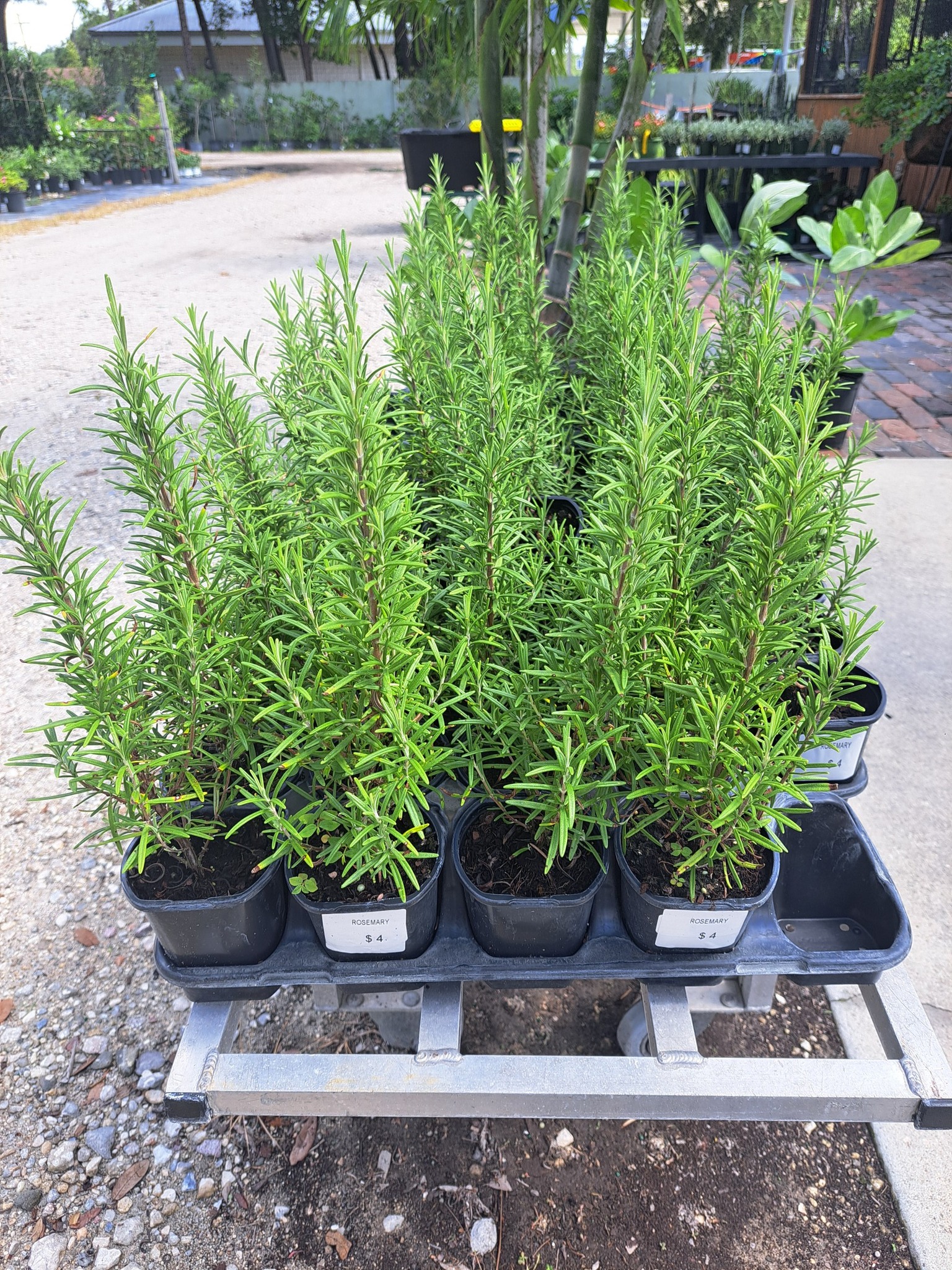
Imagine opening your kitchen window on a frosty morning, reaching out, and plucking a fresh rosemary sprig—fragrant, green, and thriving—even though your garden has been buried in snow for weeks. Sounds like a dream? It’s not. With a few clever tricks, overwintering rosemary in pots can be surprisingly easy and incredibly rewarding.
Whether you’re a seasoned herb gardener or someone who just fell in love with this aromatic Mediterranean native, rosemary deserves a second life after summer. In this guide, we’ll break down exactly how to keep your potted rosemary happy, healthy, and full of life through the coldest months of the year.
Let’s dive into some simple but powerful hacks for overwintering rosemary in pots—and make sure your winter doesn’t go flavorless.
Why Overwinter Rosemary in Pots?
Before we dig into the how, let’s explore the why.
Rosemary is a perennial in warm climates, but in regions where winters dip below freezing, rosemary can struggle—or die—if left outdoors unprotected. Growing it in pots gives you mobility, flexibility, and control, which is key for survival when temperatures plummet.
Benefits of Keeping Rosemary in Pots:
- Easy to move indoors or into a protected area
- Prevents root rot from soggy winter soil
- Better control of sunlight and temperature
- Accessible for frequent culinary use
Choosing the Right Pot: Your First Line of Defense
Overwintering rosemary in pots starts with the pot itself. A poor container can set your plant up for failure before winter even begins.
What to Look For:
- Drainage holes: Non-negotiable. Rosemary hates wet feet.
- Material matters: Terracotta is beautiful but porous and may crack in freezing temps. Consider ceramic, resin, or thick plastic for winter hardiness.
- Size: Choose a pot that’s at least 12–14 inches wide and deep. Rosemary has a strong, woody root system that doesn’t like to be cramped.
Indoor or Outdoor? Where Should Your Potted Rosemary Go?
The answer depends on your hardiness zone and local winter severity.
If You’re in USDA Zones 8-10:
You can likely leave your rosemary outdoors, especially in a sheltered location with winter protection.
If You’re in USDA Zones 7 and Below:
You’ll need to move your rosemary indoors or into an unheated greenhouse, cold frame, or bright garage.
Tips for Outdoor Protection:
- Place pots against a south-facing wall for warmth
- Wrap the pot with burlap or frost blankets
- Use mulch or straw on the soil surface to insulate roots
Bringing Rosemary Indoors: Light, Air, and Patience
Moving your rosemary indoors? Great choice—but be warned: rosemary can be fussy indoors if its needs aren’t met.
Indoor Survival Checklist:
- Sunlight: Rosemary needs at least 6–8 hours of direct light. A south-facing window is ideal.
- Air circulation: Poor airflow invites mildew. Keep it in a spot where air moves freely.
- Humidity: Indoor air gets dry in winter. Mist your plant occasionally or place a tray of water nearby (not under the pot).
- Temperature: Keep rosemary in a room that stays cool (50–65°F)—too warm and it gets stressed.
Watering Wisdom: Don’t Drown Your Herb
Here’s where most rosemary plants meet their untimely end—overwatering. In winter, rosemary’s growth slows, and it needs far less moisture than in the summer.
How Often Should You Water?
- Outdoors: Once every 10–14 days if it hasn’t rained
- Indoors: When the top 1–2 inches of soil are dry
Pro Tip:
Stick your finger into the soil. If it’s still damp at the first knuckle, wait before watering again. Better dry than soggy.
To Prune or Not to Prune?
Pruning rosemary helps shape the plant and encourage healthy new growth, but don’t go too hard in late fall.
Safe Pruning Practices for Winter:
- Trim lightly to shape before bringing indoors
- Remove any dead or woody stems
- Avoid cutting more than 1/3 of the plant at once
Save major pruning for spring when the plant is ready to bounce back.
Watch for Pests (Especially Indoors!)
Spider mites and aphids love a cozy rosemary bush—especially one that’s been brought inside.
Signs to Watch For:
- Yellowing leaves
- Sticky residue or fine webbing
- Deformed or stunted growth
Natural Pest Solutions:
- Spray with neem oil or insecticidal soap
- Use a gentle blast of water to dislodge bugs
- Quarantine any affected plants from others
Transition Slowly: Don’t Shock the System
When moving your rosemary indoors (or eventually back out in spring), sudden changes in light and temperature can stress the plant.
Acclimation Tips:
- Bring the plant in before temps drop below 40°F
- Leave it outdoors in filtered shade for a few days before fully moving inside
- In spring, reverse the process by gradually reintroducing it to sunlight
Bonus Hack: Use Your Rosemary While It Sleeps
Just because it’s winter doesn’t mean your rosemary is off-limits!
- Snip small sprigs for roasting, soups, and stews
- Dry some branches ahead of winter for pantry storage
- Infuse rosemary into oils or sea salt for gourmet gifts
Overwintering rosemary in pots doesn’t just keep the plant alive—it keeps your kitchen alive, too.
